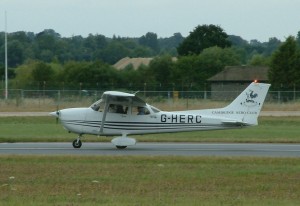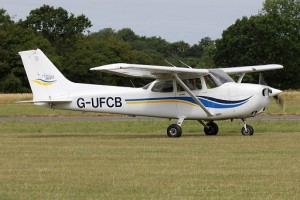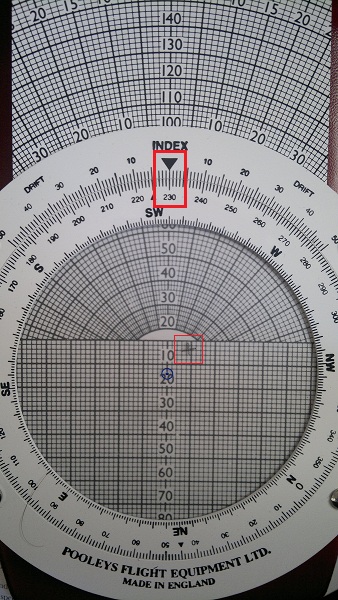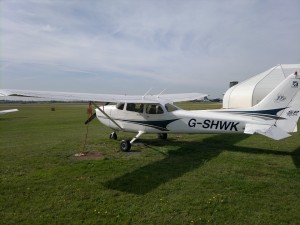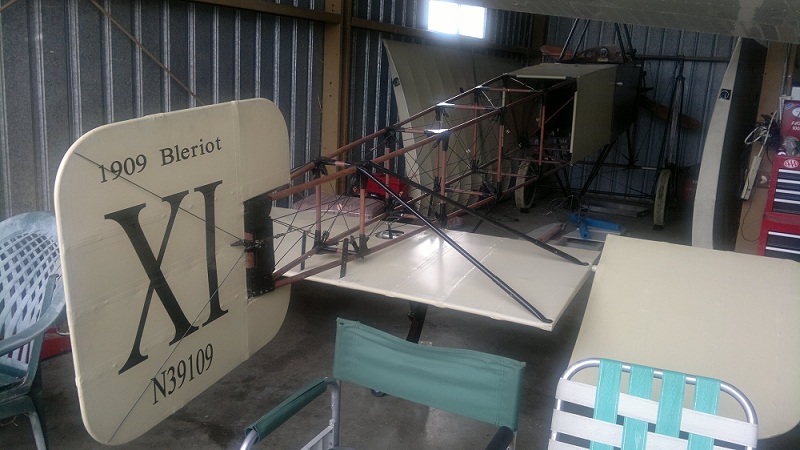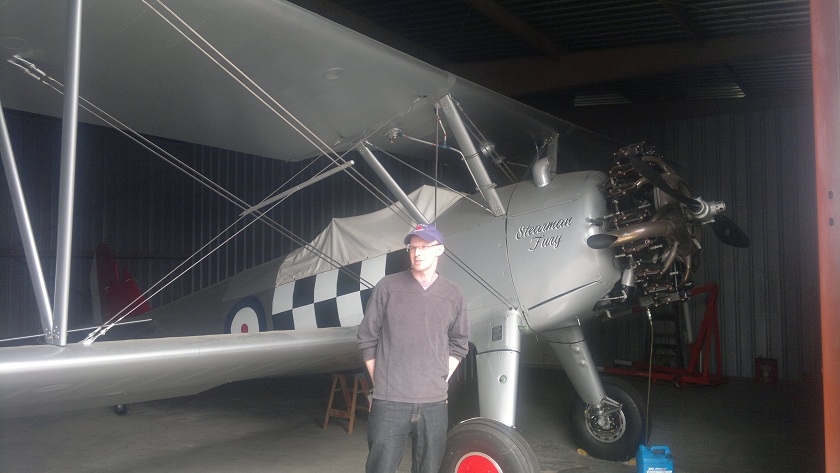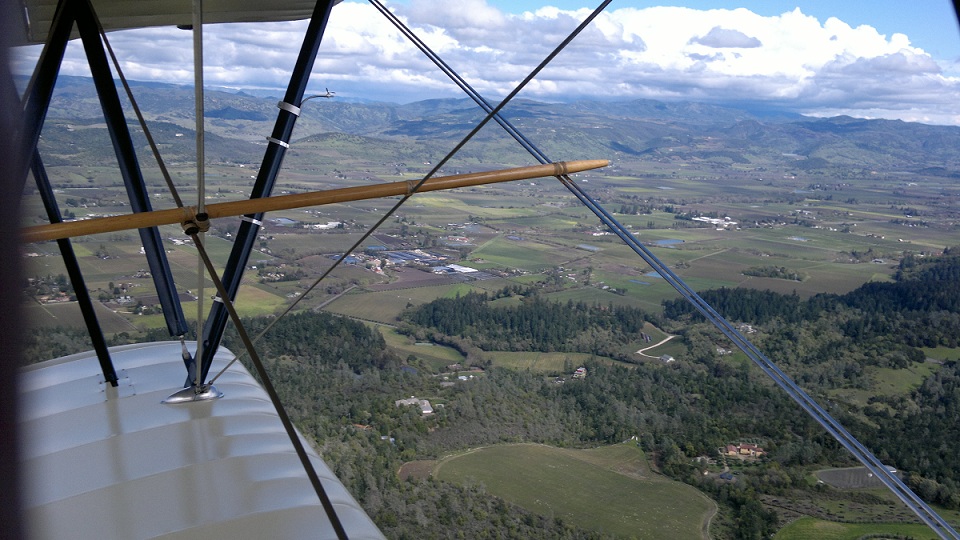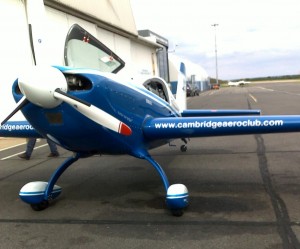 I had all sorts of time booked at the aero club, the Saturday I was supposed to be in the Cessna, but that got cancelled due to high wind. The very next day I had the Extra 200 booked for some fun flying (you can spin the Extra and I wanted to do some ‘sensible’ spins as well as get into some inverted spins for fun…….if you’ve not flown an Extra, it really is out of this world fun).
I had all sorts of time booked at the aero club, the Saturday I was supposed to be in the Cessna, but that got cancelled due to high wind. The very next day I had the Extra 200 booked for some fun flying (you can spin the Extra and I wanted to do some ‘sensible’ spins as well as get into some inverted spins for fun…….if you’ve not flown an Extra, it really is out of this world fun).
Somewhere around 10am on the day of the Extra lesson the phone rang 🙁 This is almost always bad thing……
Sure enough my Extra 200 lesson was getting called off, not for bad weather, the weather was fine – it had a puncture! Of all the things, I’ve had a lesson where it wouldn’t start, now it had a puncture. Every cloud has a silver lining and this one was the fact that now there was an instructor free to go ‘sensible’ flying with.
The weather was scheduled to just keep getting better, so I snapped up the offer.
Arrival at the Aero Club
One of the other club members was getting set up to do his final ground exam, my instructor was trying to get him setup while also sorting me out with keys to the plane.
A quick question amongst the rushing back and forth:
Have you got your Medical with you?
“Yes……”
“Do you know why I’m asking?”
“Oh Yes.”
While the instructor finished off sorting out getting the exam started, I took the keys to G-HERC and went to check it out.
All good except it wasn’t parked up on the grass…….ahhh there it is behind two other planes in the refueling area. You’ve got to assume it’s about when you’re holding the keys 🙂
Internal Checks & Taxi
I haven’t flown G-HERC for weeks, if not months, it felt a bit weird getting back into it. I’ve said it before, it’s one of 4 Cessna 172’s, but they’re all a bit different. G-HERC has a slightly different Heading Indicator, no auto-pilot and a few other switches and dials that aren’t quite in the same places.
Just to mix it up or keep me on my toes, the artificial horizon was bust and was reading total nonsense for pitch. In the instructors words: “Good thing we don’t fly on instruments…” Hmmm, I actually quite like to at least reassure myself the world outside is correct 🙂
On top of the ‘new’ plane, it was a ‘new’ instructor (or at least I haven’t flown with him in weeks) and a ‘new’ circuit (back to left hand circuits after weeks of right hand). My instructor asked to see my medical certificate and was happy it was in order, now all we had to do was a few good landings…
Circuit #1
Take off was good, overshot the pattern height a bit, going to around 1150ft. My normal first circuit is traditionally a bit rough and this was no exception.
The approach was as high as you like, just properly far to high and even with all the flap on and all the power off it wasn’t happening.
“Golf Romeo Charlie……..Going Around.”
🙁
Circuit #2
A fairly decent circuit, but due to traffic we were asked to extend downwind. I’m sure I could have done the approach a bit better, but it wasn’t bad.
~70ft from touch down as the hold off began, the plane got lift and started going up.
Not wanting to balloon it……..Full power On.
“Golf Romeo Charlie……..Going Around.”
🙁
Circuit #3
My instructor assured me there wasn’t much wrong with the second circuit and I could have landed it, but it was good to see good decision making etc. Yeah ok, but we didn’t land it, so it’s nice but there’s no points for go-arounds.
Strangely this is where I calmed down, two approaches messed up I was pretty sure that one more and it was all over for another lesson.
The circuit was a perfect 1000ft all the way around, the approach was as good as any I’ve seen or done and the landing while ok a bit flat, was like a feather touching down. You’d have hardly have noticed the transition from air to ground – I’ve never been in a landing smoother than this one.
Flaps up, lets see if we can repeat that.
Circuit #4
Another pretty spot on circuit, finished off with a good enough landing – not quite circuit #3, but plenty good enough to keep the instructor happy.
Circuit #5 – ‘To Land’
On the downwind leg, my instructor said:
“You seem to like pressure, so how about this: Make a good job of this landing and you can take it solo.”
Feel the pressure!
The landing was a touch flat and a touch bumpier then I’d hoped for, but my instructor was happy enough with it: “There’s nothing unsafe about it.”
“Ok, Park up next to that jet and let me out….”
With the engine idling my instructor unplugged his headset and got out, reminding me that his chart was in the side pocket (if we needed that, we’ve done something properly wrong, but it is a legal requirement). Followed by instructions that the plane was now:
Student Golf Hotel Echo Romeo Charlie
First Solo
At a recent aero club meeting someone I wish I could remember the name of said “Your first solo will always be engraved in your mind…”
Requesting ‘further taxi’ it was clear my radio calls would also go a bit off, the tower called back with the current QFE (pressure for setting an altimeter to read height) and the first time I might have ‘ignored’ them, not thinking they wanted it called back. We got there though and I was cleared to taxi to Holding Point Alpha.
Power checks into wind all done, taxi light off, landing light & strobes on and final checks, double checked.
“Student Golf Romeo Charlie, ready for departure…..”
Words will never quite capture the excitement at this point, even with an instructor in the right hand seat there’s few feelings like the one you get from lining up on a runway.
………Clear for Take Off……
Trying to keep remembering to prefix ‘Student’ in front of all my radio calls, I radioed back “….clear for departure”, which is wrong, it should be “take off”. ATC got the idea though and in a mix of adrenaline and nerves it’s easily done.
I lined it up on runway 23 and with no hesitation other then a brief pause for breath to try and capture the picture in my mind, on with full power and we were off, charging down the runway, 40kts, 50kts, 55kts…..Rotate.
The Cessna got airborne at around 60/65kts, at 200ft I remember saying to myself: “Ok, 200ft, from now: land it or crash….”
I’m not sure if that was reiterating reality or just something to keep everything calm, but generally on the climb up to 600ft for the first turn I was feeling amazingly relaxed and calm – more than anything I wanted to fly this circuit at 1000ft.
Turning on to the downwind leg, with a few moments to enjoy the view, the altimeter read a perfect 1000ft the wind was being nice and I was trying to ensure I didn’t converge in the circuit so I had time to get everything sorted when I turned on to base.
Pre-Landing checks done and everything in the green, a quick radio call to tell ATC they still had a student downwind 🙂
Looking for a white house I’d been using as a reference to ensure I didn’t turn too early, I gave myself maybe an extra 100m just to ensure base and final had plenty of time.
It was strangely calm, peaceful and just an amazing feeling. Turning onto base the enjoyment had to take a backseat because now the focus had to turn to getting the speed down into the white arc (flap extension speed), start putting on the first twenty degrees of flaps and thinking about turning onto final.
Final approach was looking pretty good, I’d given myself plenty of time to get it all trimmed up. I kept reciting audibly “Don’t mess this up….” and at times I did wonder what I must have sounded like if my radio push-to-talk button was stuck on 😉
Final calls to ATC done and clearance to land given, it was all now down to lowering the last stage of flaps and watching two things: Airspeed, Runway, Airspeed, Runway….
As I crossed the runway threshold I was doing 60kts, but as I went into trying to ‘stop it from landing’, I was being super careful not to do anything that would let the plane catch any wind or even think about gaining lift (begin a balloon). The price for that was that I probably could have held it off longer with a bit more back pressure. Instead I touched down, dead on the centre line, but a bit flat and a bit hard. It stayed on the ground and stayed straight……for my first go all on my own, I’ll take that!
Air Traffic Control came on the radio to say “G-RC, vacate next right – Congratulations”
I thought about saying thanks back to them, but thought I better stick to the script and just read back the vacate instruction.
Done……I was back on the ground safely, plane in one piece, now just the task of remembering how/where to park!
Parking and Debrief
After parking, one of my regular instructors parked a different Cessna next to me, I’d forgot she was around today. After weeks of being told “more back pressure…” hopefully she didn’t see that landing 😉
The instructor for today came over, congratulated me and reminded me the landing was a bit flat but in his words “There’s things I can tell you could have been technically better, but that’s not really what this is about, it’s about getting through that psychological barrier of knowing you can fly it yourself….everything else we’ll iron out with time and experience”
We were definitely through any such barriers: Properly enjoyed that flight!
I’ve never been so thankful for a flat tyre as I was today.
Finally, first solo done, we can start pretending we know what we’re doing 🙂
